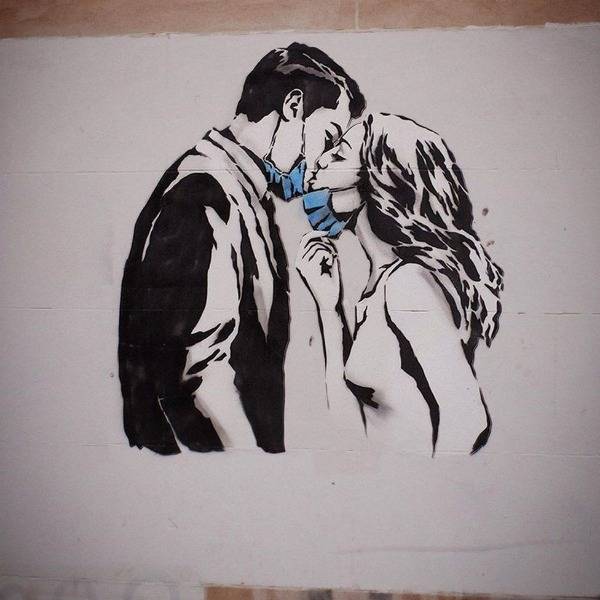
This article is a preview from the Autumn 2016 edition of New Humanist. You can find out more and subscribe here.
Death on Earth: Adventures in Evolution and Mortality by Jules Howard
Sharply coiffed and sprightly of shirt, zoologist Jules Howard might seem a natural inheritor of Chris Packham’s coolest-kid-in-Nature-Club shtick. Then he starts a book with a pithy exploration of Erwin Schrodinger’s What Is Life?, and you start to realise you’ve got him all wrong. Death on Earth – Howard’s follow-up to his 2014 debut Sex on Earth – is jauntily readable. Framed, with apologies, as a “journey” towards a fuller understanding of how life is shaped by death, it is likeable, witty – genuinely funny, in fact – and busy with intriguing detail. Howard shares with science writers like Ed Yong an aptitude for teaming attention-grabbing zoology (a foaming maggot-ball in a dead pig is an early highlight) with astute and well-researched analysis.
Zoology, though, is only part of the story. In passages that read like long-form journalism, Howard takes a thoughtful interest in the personalities of his interviewees (who include an ant scientist, a “deathsplainer” and a fear-mongering tabloid hack) and in the connections he’s able to make with them. He’s refreshingly averse to comfy conclusions, and fronts up solidly to tough questions: why does it matter if a species goes extinct? Are humans the only species to feel grief?
When, in his epilogue, Howard offers a page of earnest reflection on zoological theodicy – asking, with Darwin, why a “beneficent and omnipotent God” would create a parasitic Ichneumon wasp – it’s a bit startling but by no means out of step with the rest of the book. It’s good to be reminded that a funny story culminating with the punchline “FUCK YOU, POLAR BEARS” can share book-space with a passage like: “In my early academic years, the existence of such creatures as the loa loa [a parasitic nematode] did make me question any faith I once had. But perhaps, for a while, I went too far the other way. I relished the brutal acts of nature as a means to display openly to others what I believed was the type of world in which we live.”
It’s a well-rounded and deeply human approach that fits well with Howard’s bid to find the meaning of life in death and the meaning of death in life. Perhaps it’s Howard’s natural sunniness that leads Death on Earth to its upbeat conclusion: “For me now, nature isn’t a brutal place… It’s not only a place of death. To me nature has become a place of wild and unthinking possibility… And Death? Death is the process through which more life is created.”
It’s left to one of Howard’s most engaging interviewees, the cheetah ecologist Anne Hilborn, to deliver a bracing dose of Herzogian bio-realism. Hilborn supplies the stark statistic that only 5 per cent of cheetahs born in the Serengeti survive to adulthood; she also, recalling an earlier fieldwork project in Alaska, informs Howard that gulls will pick the eyes out of live salmon. “As far as I can tell,” she says, “most animals die in a manner humans consider gruesome. I know of very few ‘easy’ or ‘happy’ deaths in the natural world.”
It’s with the natural world that Death on Earth is chiefly concerned; given that one of Howard’s attempts to engage with contemporary human mortality ends with him having a panic attack at London’s Olympia conference centre, this may be for the best. Besides, whether the subject is the cheese-skipper (a fly often found in human foodstuffs) or the horrid ground-weaver (a rare species of spider), there’s a tremendous humanity to Death on Earth. Howard’s fizzy enthusiasm and relentless curiosity – coupled with the fact that he’s a damn good writer – make sure of that. It’s a book that makes multiple perspectives on death chime in life-affirming harmony.

